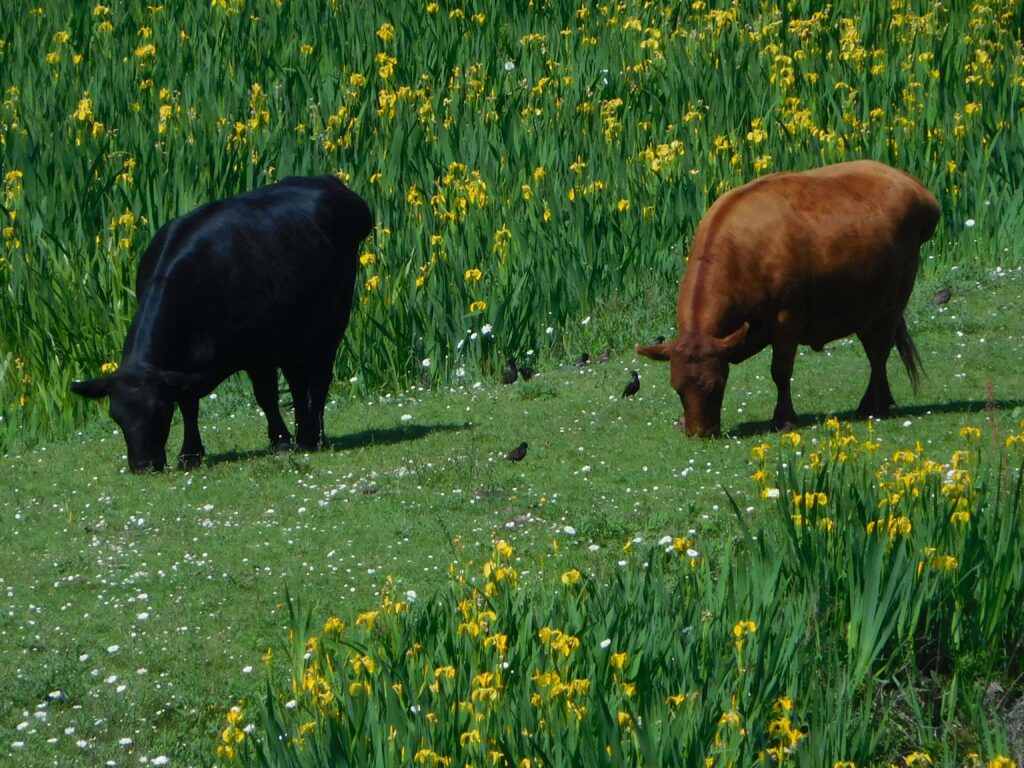
Spring on the Grazing Marsh


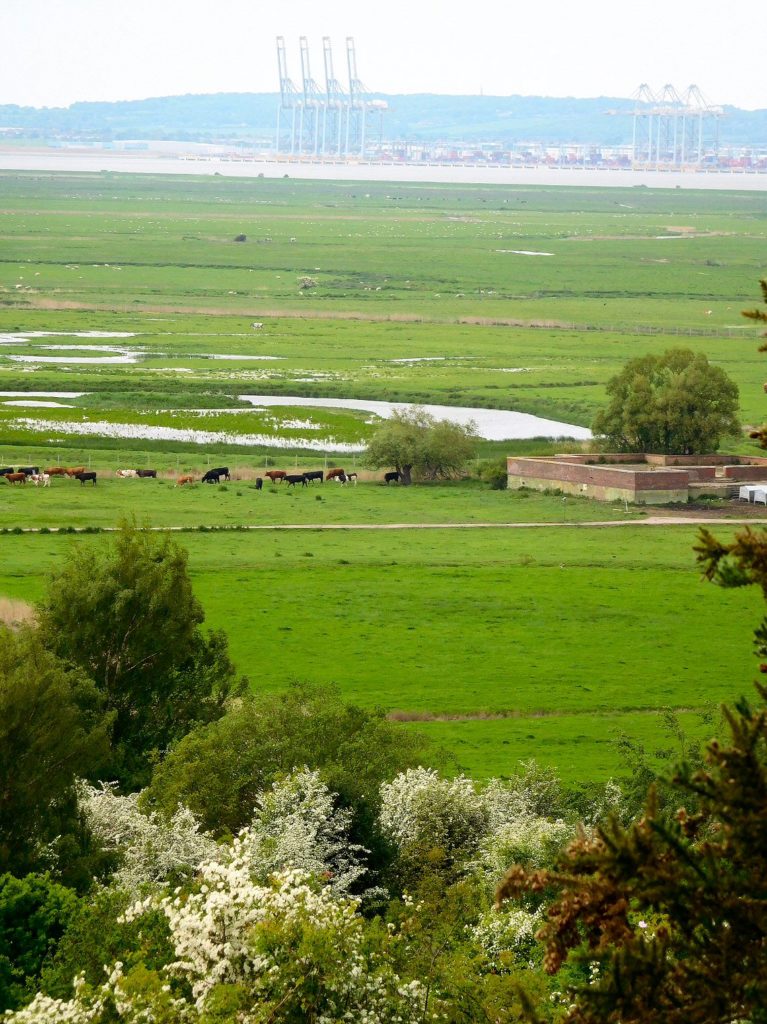
Well there are some things one just has to do, even if it means braving the traffic. Nightingales, once common all over the south of England, can now only be heard in a few special places, and Northward Hill is one of them. There are some others in the southeast, like Lodge Hill, and guess what, they want to build houses all over it. Better go and enjoy the birdsong while it lasts.
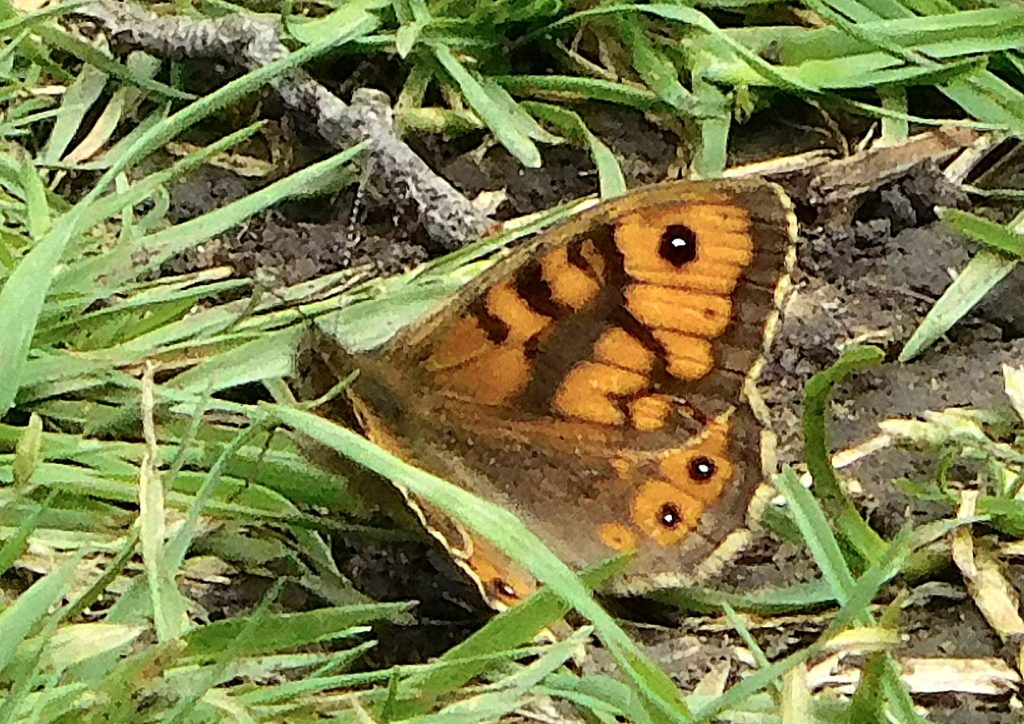
I was greeted by the song of blackbird, chaffinch, robin, song thrush, and wren as I walked in. A few ‘whites’ – large white, orange tip, green-veined white – skittered about as I reached the attractively rough scrub of hawthorn in full May blossom, blackthorn, wild pear, wild plum, and wild cherry, topped by the occasional whitethroat singing away scratchily.
Into the woods, with a handsome old cherry orchard on the right. Some of the oaks were straight out of Lord of the Rings, splendidly gnarled, knobbly, with massive trunks and holes to hide a good few goblins in.
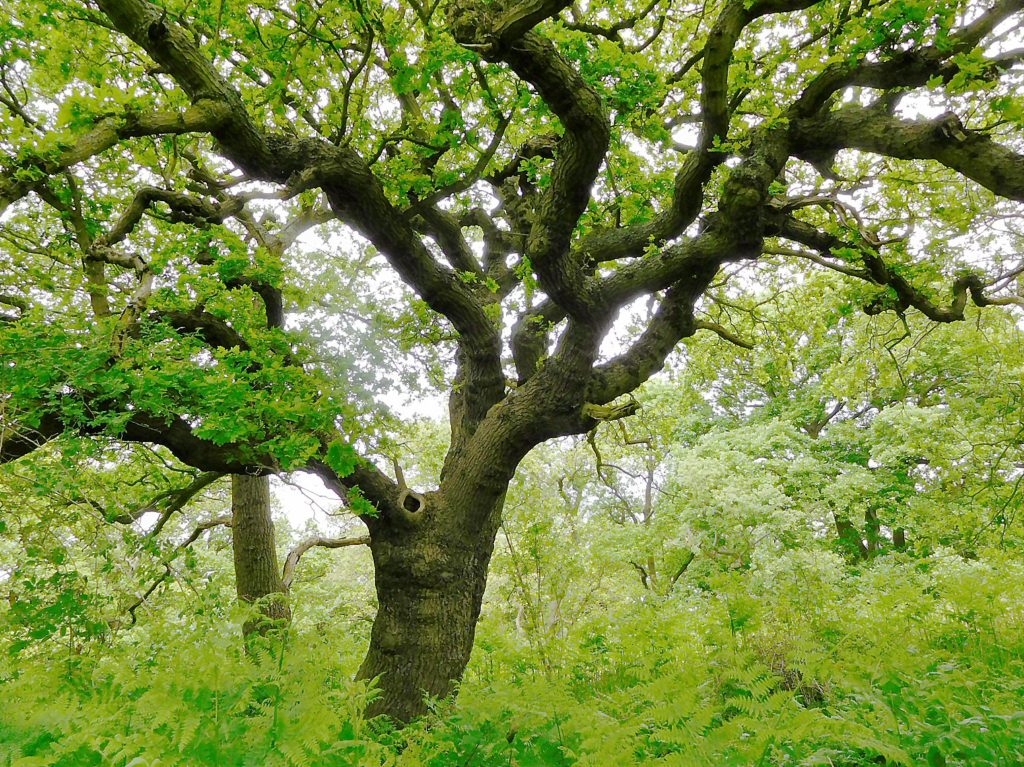
And yes, sure enough, a nightingale obliged by singing its hesitant but amazingly rich and varied song from the thick cover. A little further, another; and a cuckoo kindly sang its unmistakable song from an oak almost in front of me, then with a ‘gok’ call flew, sparrowhawk-like, from the tree, a special sight.
Down to the hide overlooking the pool in the top photo; I wasn’t expecting more than a coot and maybe a mallard, but there were breeding lapwings chasing off the crows; breeding oystercatchers, and an avocet sitting with them; and a couple of solitary little egrets, stalking and stabbing at small fish or frogs. A redshank gave its wild teuk-teuk-teuk call and flashed its wingbar briefly.
Overhead a few swallows flitted about, and three swifts raced over the marsh.
The Hoo Peninsula is still a wild, spacious, lonely place, even with the swelling villages. You can see the Shard and Canary Wharf in the distance (some 30 miles); the river with its cranes and giant ships is ever-present; but the North Kent Marshes are special, as is Northward Hill with its fine old woods, still unspoilt for birds. Go and see it while you can.
With another day of freezing fog, very dangerous on the roads, nature is telling us that, yes, global warming or no, it’s winter. The false acacia, totally leafless, whirs with activity. A big wood pigeon sits impassively, ignoring the small passers-by. Within a few minutes, these include 3 goldfinches, keeping well away from each other in the branches; 2 male blackbirds, similarly, their heads high on the lookout for competitive activity; 4 ring-necked parakeets, never settling for more than a moment, jumping up squawking at the slightest provocation; 2 redwings, handsome with their contrasting eyestripes; 1 fieldfare, markedly bigger, and a handsome bird when seen in crisp winter sunshine rather than today’s murky fog. A few minutes later, a blackcap appeared: still a bird that we think of as a summer visitor, though a few pass through in winter from colder places. Later still, a great tit jumped in and wriggled about; and a little flock of 6 starlings blew in for a few minutes, sadly diminished from the sort of flocks I remember: and even this local flock used to have 7 members.
The effect as birds appear from and vanish into the gloom is rather of one of those popular tales physicists tell to try to make the public feel they understand what nuclear physics is all about: particles and antiparticles are ceaselessly created by the vacuum, and as continuously meet each other and annihilate, returning to their matrix, the apparently endlessly creative fog, which one would otherwise have mistaken for chilly nothingness.
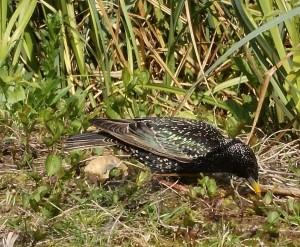
One of the abiding mysteries of London’s natural history is why Starlings act as if they believe they are wading birds. At the Wetland Centre, the flock of Lapwings is constantly accompanied by Starlings, whether in the air or on small muddy islands.
Today, a few starlings were rootling about in front of a reedbed, their handsomely starry plumage giving back the warm sunshiine with green iridescence that for once the camera has managed to catch. They really are beautiful birds in fresh plumage; quite unlike their ‘worn’ plumage, where they just look dark grey-brown and scruffy.
Six warblers today – an early Sedge Warbler squeaking and rasping out its complex rhythms with funky discordant notes a few feet away from the path; some invisible Cetti’s as usual; Blackcaps and surprisingly Whitethroats all about, singing away; a Chiffchaff or two; and a Garden Warbler too.
Out in the pools and on the grazing marsh, a good number of Redshank with their graceful calls, and plenty of activity from Lapwings and Common Terns – these being harassed by Black-Headed Gulls; and overhead an early Hobby, circling like a small dark Peregrine with long wings, high in the sky.
Not many butterflies about – Orange Tip, a very worn Peacock, Brimstone, Small White; and several Bee Flies, like a miniature hummingbird moth with a furry body and a long straight proboscis; but while they keep up the wing action in front of a flower, actually 4 out of 6 legs perch on it! One of the bee flies was hovering over some low vegetation with no flowers, darting down rapidly and repeatedly, at once coming back up, like a damselfly laying eggs: that might be what it was doing.